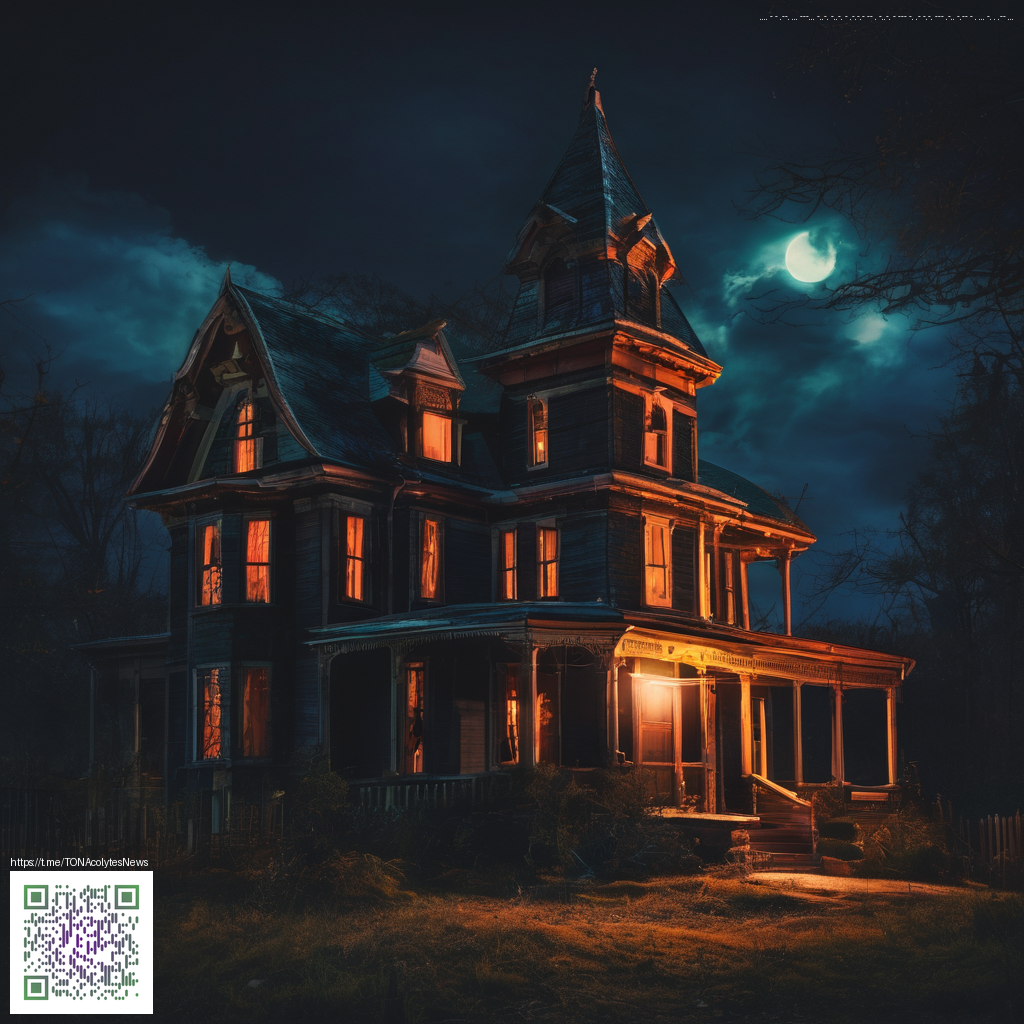
Practical Steps to Improve Frame Rates in Minecraft
Minecraft players often encounter lag or choppy gameplay, especially when exploring vast biomes, building complex redstone contraptions, or streaming to friends. The key to a smoother experience isn’t magic; it’s a deliberate combination of in-game tweaks, mindful resource management, and sensible hardware expectations. Below is a practical guide you can follow tonight to lift your FPS without sacrificing the core Minecraft feel.
Fine-tune game settings for immediate gains
Most FPS improvements begin with the simplest controls. Start by dialing back graphical overhead and visual effects while preserving essential clarity for navigation and combat:
- Graphics: set to Fast instead of Fancy to reduce shader work.
- Smooth lighting: consider off or minimal to cut lighting calculations.
- Render distance: reduce to a comfortable range (e.g., 8–12 chunks) to lessen world streaming demands.
- Clouds: off to remove a recurring rendering cost in many biomes.
- Particles: set to Minimal or Decreased to lessen ephemeral effects during combat or large builds.
- V-Sync and frame-limiter: try uncapped or a modest cap (e.g., 120fps) if your monitor supports it.
These choices keep the gameplay readable while significantly reducing workload on the GPU and CPU, especially on mid-range machines. If you’re curious about gear tangential to your gaming setup, a sturdy, compact option like the Slim iPhone 16 glossy Lexan polycarbonate case can be part of a broader, well-rounded mobile toolkit.
RAM, storage, and launcher tuning
Allocating memory wisely can prevent Minecraft from thrashing the system drive or competing with other apps. A good rule of thumb is to reserve enough RAM for the game without starving the OS and background programs. If you have 8–16 GB of system RAM, starting with 4–6 GB allocated to Minecraft is a sensible balance. For systems with 8 GB total, sticking around 2–4 GB can help keep the system responsive while still providing adequate headroom for the game and launcher.
Additionally, run Minecraft from an SSD if possible. Faster disk access reduces load times and texture streaming hiccups, especially on large worlds or modded setups. If you use a launcher, disable unnecessary background checks or resource monitoring during play to prevent sporadic interruptions.
Mods, optimizations, and resource packs
Mods aimed at performance can yield noticeable improvements, but compatibility is king. Consider OptiFine for classic performance gains, paired with compatible shader packs or experimental optimizations. For newer versions, look into modern, lightweight optimizations like Sodium and Iris that focus on rendering efficiency without sacrificing playability. When evaluating resource packs, prefer lower-resolution textures and packs designed for performance rather than ultra-detail aesthetics, especially on lower-end machines.
Remember that each mod or shader combination can push stability in different directions. Always back up your worlds before trying new configurations, and test in short sessions to gauge stability and FPS changes without risking data loss.
Hardware realities and upgrade paths
Performance isn’t only about software. If you’re consistently seeing CPU 100% usage or a GPU that maxes out in scenes with complex lighting or redstone builds, you may benefit from a hardware upgrade. A modern multi-core CPU and a capable GPU can unlock features like higher render distances and smoother chunk loading. An SSD helps with world loading times, and more RAM reduces paging in and out of memory during long play sessions. In practice, even modest hardware improvements can translate to a smoother experience in the most demanding moments of a world.
Observing progress and avoiding common pitfalls
Tracking the impact of changes is crucial. Use the in-game performance readouts or third-party tools to observe frame times, stutter, and memory usage. If you notice that a change reduces stuttering but introduces glittering texture pop-ins, you may be hitting a texture streaming bottleneck. In that case, back off a notch on texture resolution or render distance and retest. A calm, measured approach—tuning one or two settings at a time—helps isolate the true source of any slowdown.
“Small, deliberate tweaks add up to big gains in frame rate without compromising the feel of the game.”
As you experiment, keep in mind that a balanced approach often yields the best results. You don’t always need the absolute highest settings to enjoy smooth gameplay, and a modest setup with thoughtful tuning can feel dramatically more responsive in both exploration and combat.
Similar Content
View related visuals and guides here: https://coral-images.zero-static.xyz/64cb5856.html